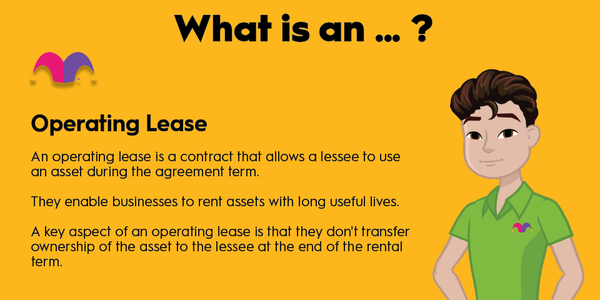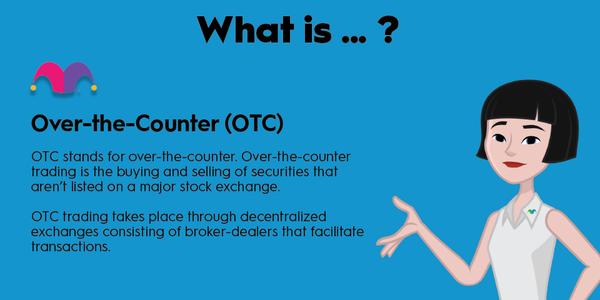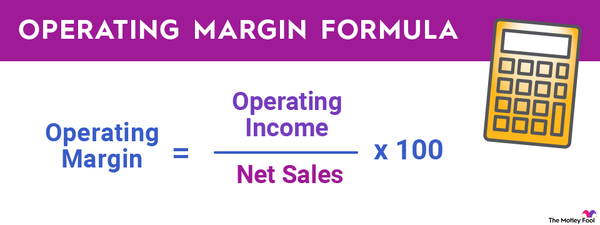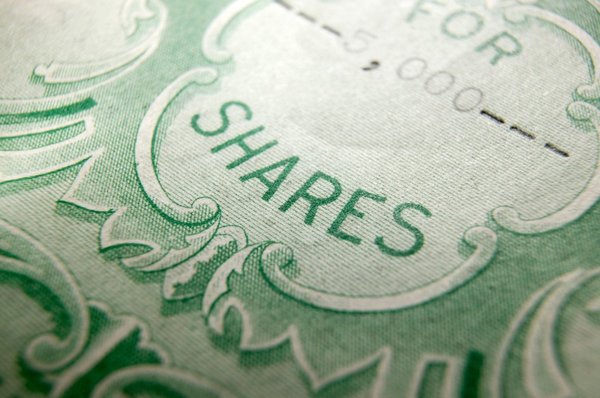An outlay cost is cash spent on a defined project or activity. However, you probably won't see this line item on a financial statement. You're more likely to hear the term in leadership presentations and prepared remarks. Read on to learn about outlay costs and how they relate to ongoing business expenses and capital expenditures.

Understanding outlay costs
Understanding outlay costs
Outlay costs are explicit, meaning they have defined values. They are direct, out-of-pocket expenses that can be tied back to specific transactions in the business's bank accounts. Often, outlay costs are linked to an effort or initiative.
Examples include geographic expansion, product launches, new branding campaigns, or updated employee training programs. The cash expenses for those initiatives could involve equipment purchases, insurance premiums, labor costs, and goods and services from vendors. Less commonly, outlay costs may also refer to the cumulative cash expenses of running a business.
Outlay costs vs. opportunity costs
Outlay costs versus opportunity costs
The total cost of any project has two components: outlay costs and opportunity costs. Outlay costs are quantified expenses paid for in cash. Opportunity costs are profits forgone due to not pursuing a different project.
Capital is a finite resource in business. Typically, any business initiative will consume funds that could be generating returns elsewhere. Those returns could be in the form of interest earned on cash deposits or something less concrete, like improved employee productivity stemming from a software implementation.
Opportunity costs are implicit. There is no exchange of cash or transaction recorded. Still, both opportunity costs and outlay costs should be considered in evaluating the viability of a business initiative.
Outlay costs vs. expenses vs. capex
Outlay costs versus expenses versus capex
Outlay costs can be expensed on the income statement or capitalized on the balance sheet. Typically, a company capitalizes large expenses incurred to benefit future periods. Smaller costs linked to the current period go on the income statement as expenses.
For example, the outlay costs associated with constructing a new building could be capitalized and then depreciated over time. Utility costs incurred before the facility is operating could also be outlay costs, but those would likely be expensed on the income statement.
The takeaway is that a project's outlay cost won't appear as one line item on a financial statement. Some components of the outlay cost will be in the income statement, and others will go on the balance sheet. They'll all appear on the cash-flow statement in some way, but they may not be organized by project.
Outlay cost example
Outlay cost example
Say a company wants to launch a manufacturing facility internationally. Getting the facility up and running will take 14 months and $40 million. If the company finances $30 million and spends $10 million out-of-pocket, the outlay costs are $10 million. Early principal and interest payments on the loan can also be outlay costs.
Related investing topics
Since these costs will be paid at different times throughout the 14-month project, they'll flow through to the financial statements across multiple periods. Some will be expensed on the income statement, and others will be capitalized on the balance sheet.
Also, the project's total cost could be much higher than the $10 million outlay. Say the business has the $10 million sitting in the bank, earning 2% interest. By withdrawing that cash and funneling it into the new facility, the company will relinquish up to $16,500 in monthly interest income. The forgone income is the opportunity cost.














